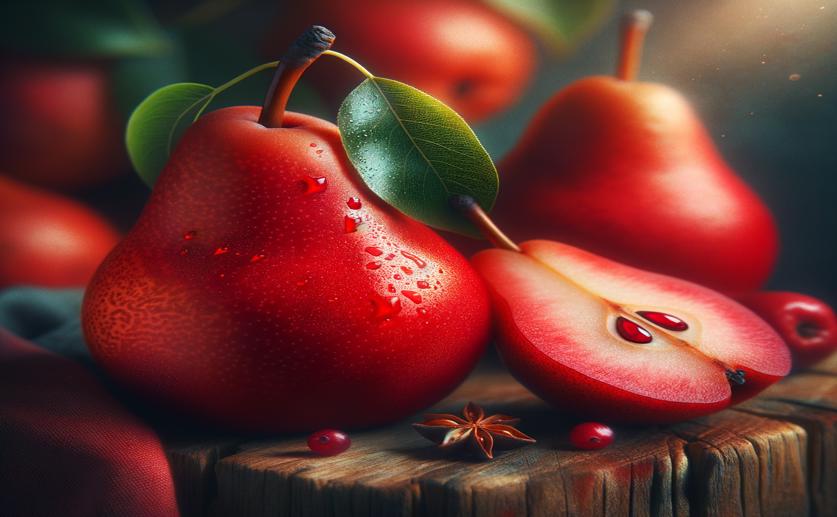
How Red-Skinned Pears Get Their Color: The Activator-Repressor Loop Explained
Jim Crocker
1st July, 2024

Image Source: Natural Science News, 2024
Key Findings
- Researchers at Nanjing Agricultural University discovered that the PyMYB107 gene represses anthocyanin production in red-skinned pears
- Overexpression of PyMYB107 reduces anthocyanin levels, while silencing it increases these pigments
- PyMYB107 competes with other transcription factors, disrupting the activation of genes needed for anthocyanin biosynthesis
References
Main Study
1) An 'activator-repressor' loop controls the anthocyanin biosynthesis in red-skinned pear.
Published 1st July, 2024
Journal: Molecular horticulture
Issue: Vol 4, Issue 1, Jul 2024
Related Studies
2) The strawberry FaMYB1 transcription factor suppresses anthocyanin and flavonol accumulation in transgenic tobacco.
Journal: The Plant journal : for cell and molecular biology, Issue: Vol 28, Issue 3, Nov 2001
3) A conserved network of transcriptional activators and repressors regulates anthocyanin pigmentation in eudicots.
4) MYBs Drive Novel Consumer Traits in Fruits and Vegetables.



 28th June, 2024 | Jim Crocker
28th June, 2024 | Jim Crocker